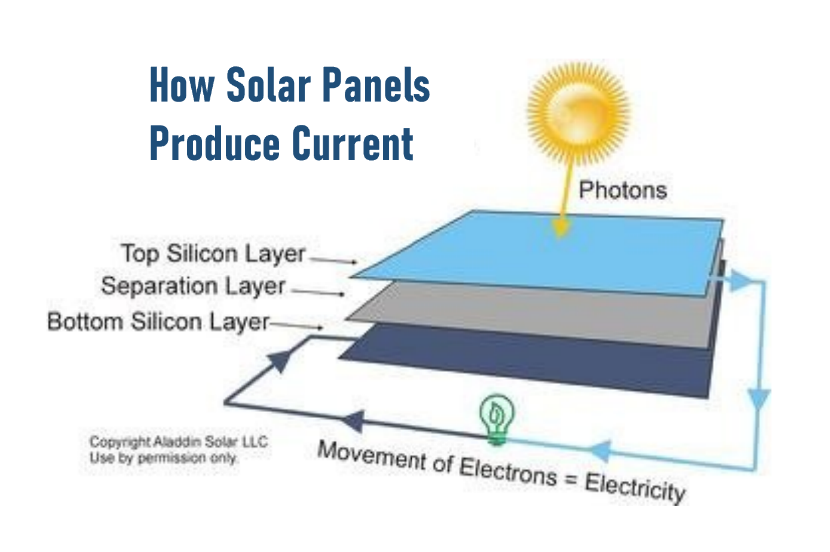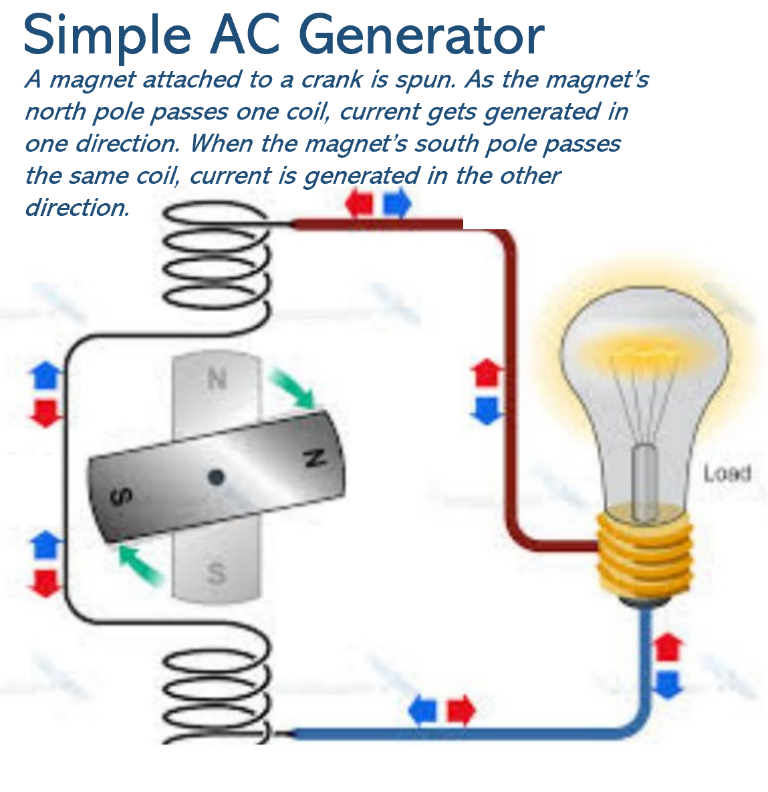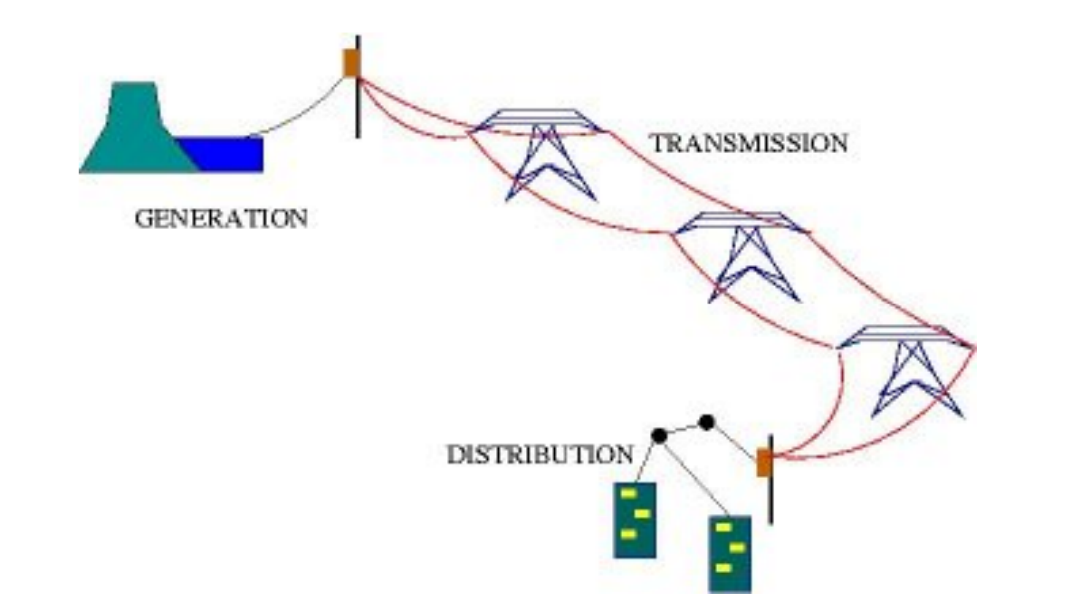The science involved in producing solar energy is surprisingly simple.
When sunlight hits a solar panel, electrons on the top side get channeled through a wire to the bottom, creating an electrical current.

That makes the electricity produced by solar panels DC (direct current), meaning it can only travel through the wires in one direction.
The problem is that our home appliances pretty much all run on AC (alternating current), meaning they need electricity that rapidly switches directions. (60 times a second in the U.S.)

That's why—from their very inception—solar panels have always had to be paired with devices called “inverters” to change the DC power they produce into the AC power we need.
In the early days of solar energy, that’s all inverters did.
But today’s “smart inverters" play another important role. They're designed to regulate the surplus energy your solar system sends back into the grid in response to local conditions, effectively creating your very own for-profit power station.
Selling Surplus Solar Power
On very sunny days, your solar system is likely to produce more electricity than you can use. Rather than letting it all go to waste, most states require utility companies to buy back any surplus solar energy produced by their residents.
But there are two inherent problems:
Because generating it depends entirely on sunlight, solar is a "non-dispatchable energy source"—meaning the amount that gets generated at any given time can't be controlled to meet demand.
Even when the sun is shining, cloud cover causes fluctuations in the amount of solar energy produced. That makes solar an "intermittent energy source" as well—meaning its voltage is subject to sudden and unpredictable changes.
These limitations create problems for exporting solar energy back into the grid because of where rooftop solar systems stand in relation to the rest of it.
Generation, Transmission, & Distribution
For most of its history, the U.S. energy grid could be neatly divided into three parts. Energy generated at power plants was transmitted through power lines to local substations which, in turn, distributed it to area homes and businesses.

If your solar system could send energy directly to the transmission lines just like the big power plants do, there wouldn’t be any issues.
The problem is that your panels are connected to the part of the grid responsible for distributing power in your area as needed.
Because solar power is non-dispatchable, that means your panels have the potential to damage your local distribution network when demand is low by sending more energy than it can handle.
Moreover, because solar power is also intermittent, exporting it into the grid can cause sudden voltage changes which can also damage your distribution network.
Importantly, whether a power or voltage fluctuation turns out to be problematic depends on the overall demand for energy in your distribution network when it occurs.
Smart Inverters
Besides converting DC to AC, smart inverters are also designed to rapidly communicate with your distribution network about local energy usage. This allows the flow of any surplus energy you export to be safely regulated, just like electricity generated at a power plant.
In essence, smart inverters give your local distribution network control over the surplus energy you export so it can be safely sent back into the grid.
Your solar system can then become a mini power station, generating energy to run your home as well as surplus power for you to sell.